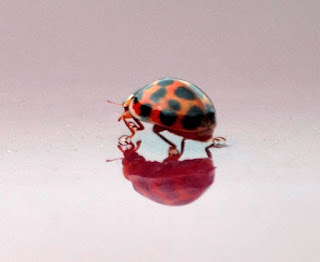According to worldpopulationreview.com, only three countries in the world do not us the metric system of measurement. I'd have thought that the UK was one of those but no, it's the USA, Myanmar and ...
Liberia.
That's a strange mix of countries, wouldn't you agree? Add to your next pub quiz, if you're the quiz-setter. Do you know when the metric system was invented? Answer: 1789, the year of the French Revolution. No more cubits, rods, poles or perches.
Liberia is a West African coastal country, founded by the American Colonization Society. The ACS was originally known as the Society for the Colonization of Free People of Color of America, was founded in 1816 by Robert Finley to encourage and support the migration of free African Americans to the continent of Africa. Which sounds awfully like sending the slaves back where they came from. Because of its American roots, the country used the American measurement units.
As for Myanmar, their measurement unit history followed a similar pattern, in this case from the Brits' colonisation of Burma (the Western name for Myanmar). After independence, however, they used their own system of measurement: the taung is two Imperial yards (also known as a fathom, as my retired naval officer readers will know - and probably pine for), a sa le is 1⅛ pints - I'll have a sa le of Burbrit Nevada Pale Ale, please, unless you have some zero alcohol. That'll be 8,000 Myanmar Kyat, please sir.
Both Liberia and Myanmar appear to be on the way to adopting the metric system so the good ole US of A will be out on a limb. Not for the first - or I imagine the last - time.



















